

Episode 5 with Mark Yates: Measuring sweetness perception to ensure success


Hi, I’m Mark Yates, Senior Sensory Scientist. Today we’ll explore together how sweet science and sensory understanding can be used to build sugar-reduced experiences that consumers love.
Here’s what we’ll cover:
- The sensory drawbacks of alternative sweeteners
- The key dimensions of sweetness perception
- Predicting success during development
Watch the episode
Sucrose is considered the gold standard for sweet taste. It remains the industry’s target profile, with a distinct temporal profile characterised by…
Immediate
sweet
intensity

Smooth
rapid
decline

No delayed
or lingering
sensations

How do perceptions of sugar alternatives differ to sugar?
The temporal and taste qualities of sugar alternatives typically differ in a number of ways. These sensations are often not noticed initially but become more apparent as the sweetness fades. Consumers tend to find them undesirable.
Alternative sweeteners are typically classified in three broad categories.
Synthetic
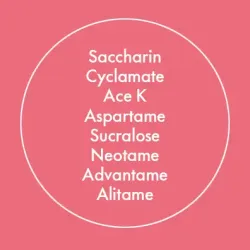
Nutritive natural

|
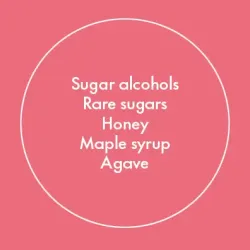
Non-nutritive natural

|
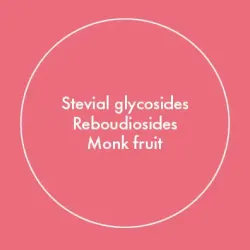
What is a synthetic sweetener?
Synthetic sweeteners are non-caloric, highly potent compared to sugar and typically exhibit a slower onset of sweetness and slower decay. Primary off-notes are bitterness and sometimes metallic and/or liquorice sensations.
What is a nutritive natural sweetener?
Nutritive natural sweeteners are caloric and typically have similar or slightly lower sweetness potency than sucrose. Sugar alcohols can mimic the mouthfeel and body of sucrose but also generate a slight cooling sensation. Allulose is a rare sugar with little off-flavours and properties that are particularly useful in bakery for browning. Honey, maple syrup and agave are naturally derived and gaining popularity but are higher in calories and add flavour sensations.
What is a non-nutritive natural sweetener?
Non-nutritive natural sweeteners are generally calorie-free, derived from plants, highly potent and some have a slow rise to peak sweetness. Off-notes include bitterness, astringency, licorice off-notes and lingering sweetness. When used at lower levels in blends that are enjoying success.
Techniques for measuring sweetness perception
Here are some of the techniques that we use to measure the intensity and quality differences among alternative sweeteners.
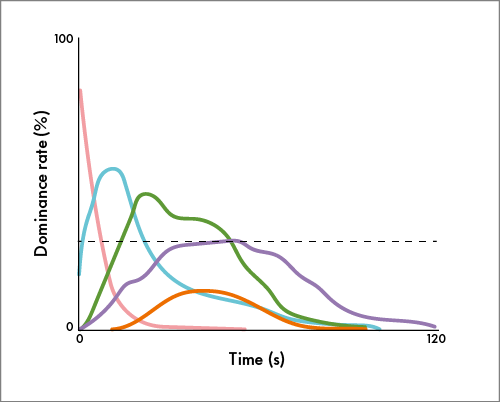
Temporal dominance of sensations
Panellists identify changes in the sweet quality of an experience during consumption duration.

Quantitative Flavour Profiling (QFP)
This Givaudan proprietary method breaks down sweetness into its individual components and quantifies sweetness in a unified way using Givaudan’s Sense It® language.
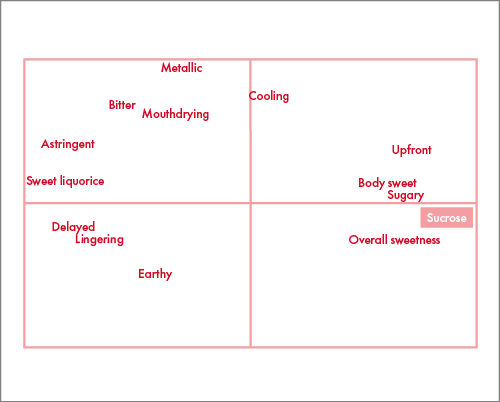
Ranking to a reference
Panellists rank test samples in the order of most of least similar to a sucrose reference.
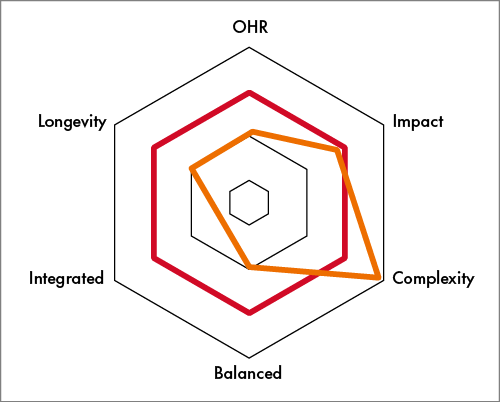
Holistic profiling
This quantitative sensory tool provides insights into consumers’ overall perception of a new innovation.
Temporal dominance of sugar and sweeteners compared

Sucrose
The sweet intensity of sugar is immediate then quickly fades. Other taste qualities exist, but do not impact the overall taste experience.
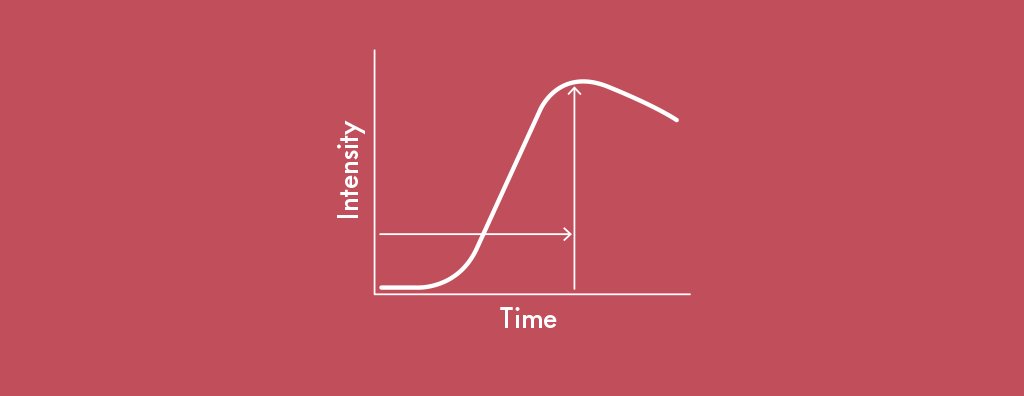
Reb A
‘Reb A’, a stevia-based natural sweetener, initially tastes moderately sweet but fades sharply, giving way to bitter and liquorice notes.

Thaumatin
Thaumatin, which represents the class of natural sweet proteins, delivers a sweetness that is even more delayed and lingering.
Analysing the data
Here are two examples of data analysis techniques performed on Quantitative Flavour Profiling (QFP) and ranking to a reference.
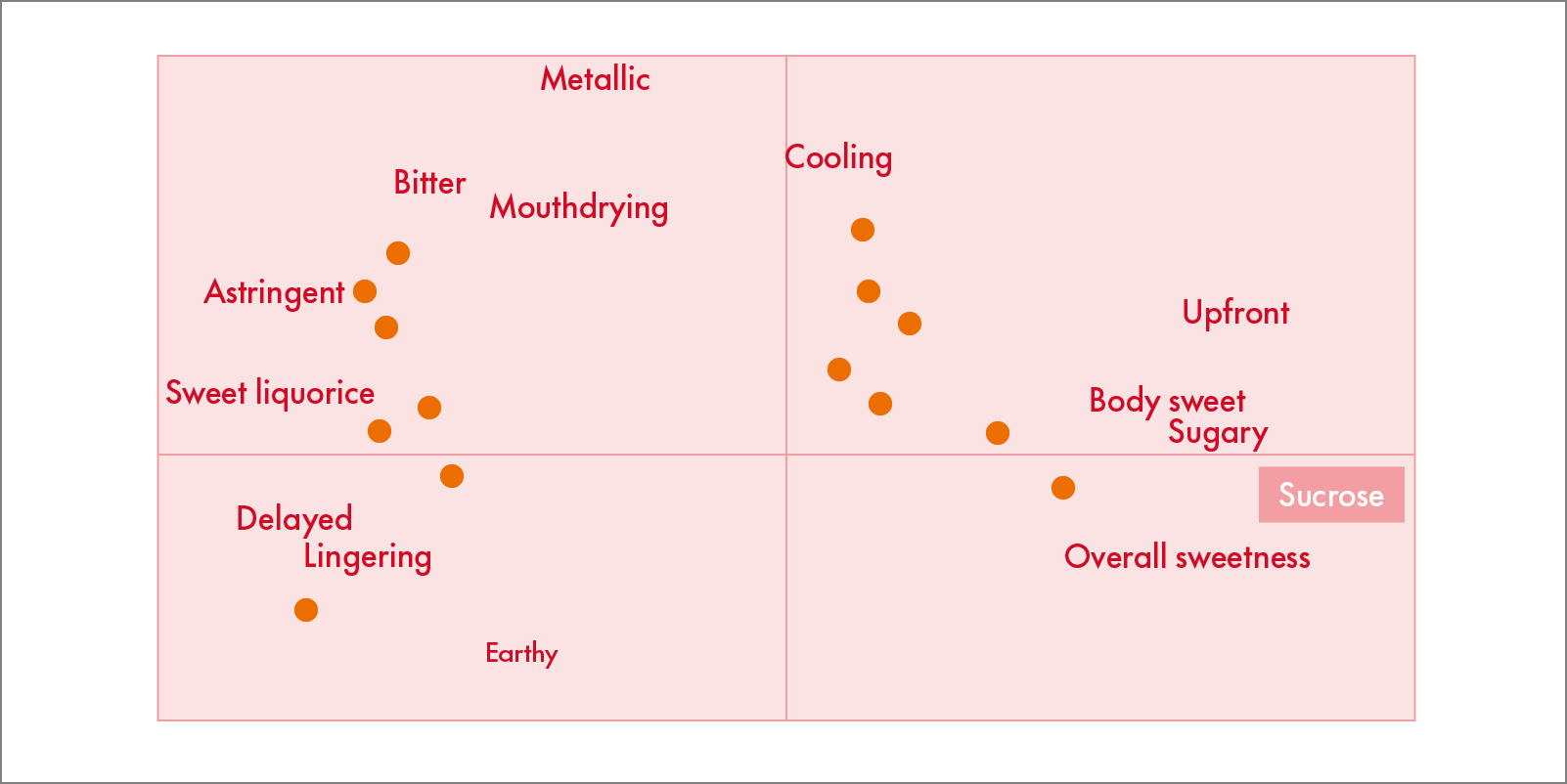
Principal Component Analysis Map (PCA)
Visually maps the main similarities and differences between sweeteners and sucrose and identifies the main sensory attributes responsible for those similarities and differences.
R-index analysis
This defines the degree of difference between two samples, allowing us to identify formulations that are closest to sucrose in overall perception. We can overlay the R-index analysis with sensory profiling data to demonstrate the progressive restoring of a full sugar experience.
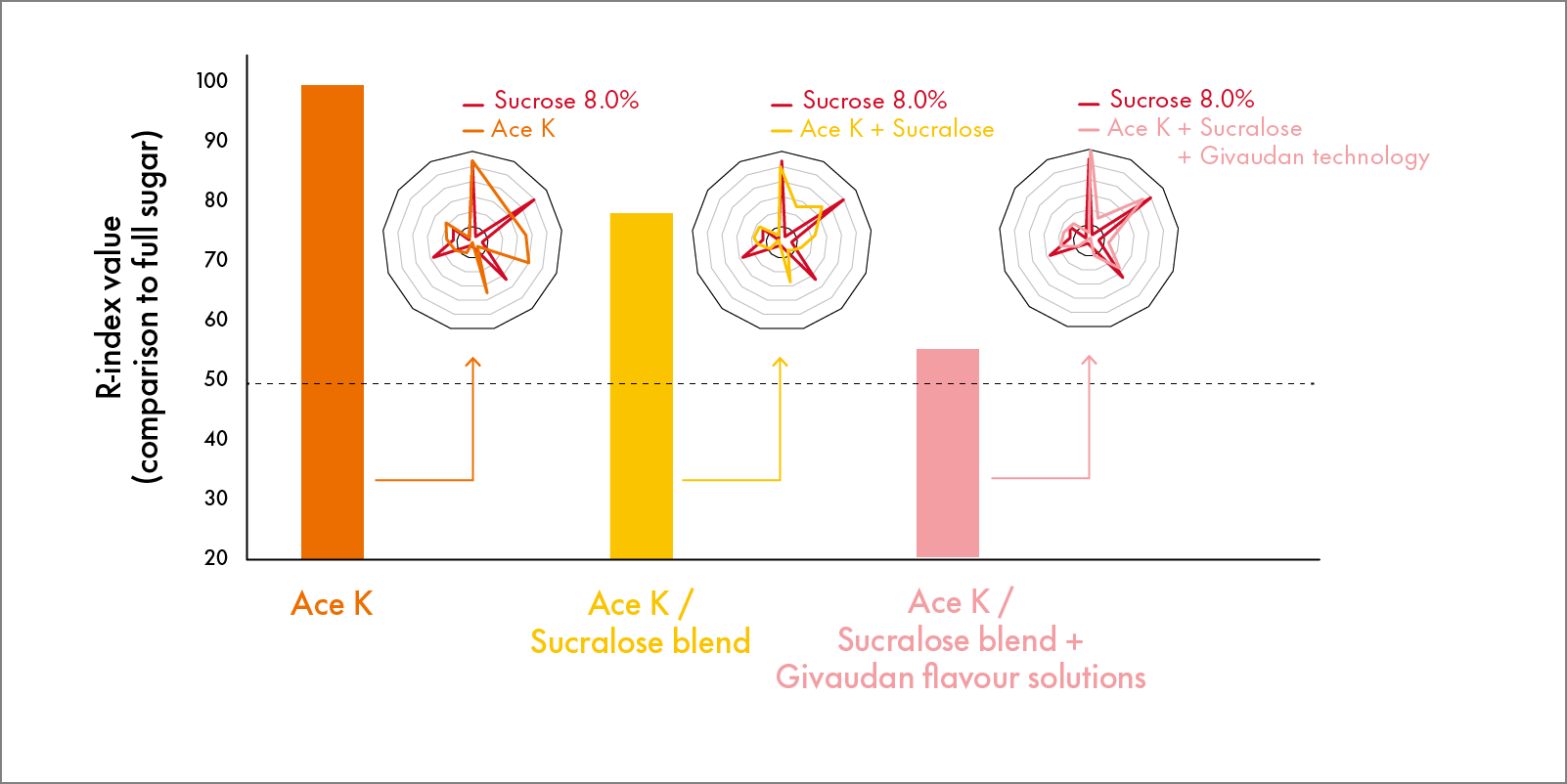
Descriptive analysis alone may not be sufficient to predict how consumers will react to a food or beverage. Holistic profiling was developed to tackle this challenge. Panellists rate five attributes independently.

Impact
The consumers’ first impression of the product.

Complexity
The existence of multiple sensory layers.

Balance
The extent to which the sensory notes are at complementary intensities.

Integration
The extent to which the sensory notes are at complementary intensities.

Longevity
The extent to which the full taste experience lasts after swallowing.
“The overall holistic rating has been strongly correlated to consumer liking and preference. As a tool, it can help companies predict their innovation’s success during product development. Givaudan uses the approach to ‘quantify’ the holistic qualities of sucrose – and then helps food and beverage companies to find solutions to improve the taste of alternative sweeteners by using flavours to rebuild the full taste experience that consumers love in their sugar-reduced foods and beverages.”
Mark Yates, Senior Sensory Scientist